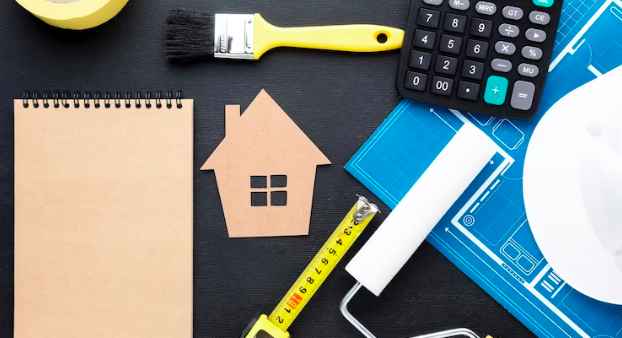Mountain View Property Management: A Landlord’s Handbook on Addressing Emergency Maintenance & Repairs (2023)
Owning a rental property can be a lucrative and rewarding experience, but it's not all sunshine and rainbows. It is your duty as a landlord to respond quickly and effectively to any emergencies or unanticipated repairs that do occur. A readiness to respond to unforeseen challenges is necessary for landlord success. Landlords can ensure that their properties remain in excellent condition and that their tenants remain satisfied and safe by adhering to the guidelines in this manual and being proactive in their approach to maintenance and repairs.

As a landlord, you're responsible for more than collecting rent and fixing leaky faucets. You must be equipped with essential property management tools to respond quickly to urgent maintenance and repairs. In this article, we'll go over the necessary procedures for dealing with emergencies effectively and easily.
Steps You Must Follow to Address Emergency Maintenance & Repairs Effectively
Step 1: Establish Clear Communication
Establishing open communication with your tenants is the first step in dealing with urgent maintenance and repairs. Ensure they understand how to report emergencies and have access to various channels. This may include a dedicated emergency phone line, email, or even a messaging system. As soon as a problem arises, encourage your tenants to report it so you can take immediate action.
Step 2: Act Fast
As soon as an emergency is reported, quick action is required. Depending on the situation's seriousness, you might need to contact a specialist immediately. Ensure you have a list of dependable experts, such as HVAC specialists, electricians, and plumbers. Pay them promptly for their services, and then get in touch with them again to ensure the problem has been solved.
Did You Know?
Roof repairs were the most common repairs on a national scale of the US, as identified by 43%.
Step 3: Hiring a Property Management Company
If you're a landlord, then you must consider looking for professionals that can take care of your property in a hassle free manner. Hiring a mountain view property management company will assist you in smooth functioning and timely maintenance or repairs. This will also help you to track expenses and get the best service available in your location.
Step 4: Provide Troubleshooting Guidance
Not all crises demand help from the outside world. With some assistance, the tenant may be able to resolve some issues. To assist your tenants in resolving minor issues on their own, think about writing a troubleshooting guide. You might find instructions online on using a plunger to unclog a toilet or changing a blown fuse.

Step 5: Have a Plan in Place
Having a plan in place is crucial when dealing with property maintenance. This might entail choosing a budget for urgent upkeep and repairs and assigning a particular person to manage the procedure. Be sure to keep a list of your go-to suppliers and contractors on hand, and build relationships with them to ensure they'll be there for you when needed.
Did You Know?
The average homeowner spends roughly $1,400 – $2,300 on yearly maintenance.
Step 6: Consider Legal Implications
It's crucial to consider the legal consequences of urgent maintenance and repairs. Depending on the nature of the problem, you might need to solve it right away to avoid your tenant taking legal action. If you're unsure of your rights and obligations, ensure you know about the landlord-tenant laws in your community.
Step 7: Focus on Prevention
Preventative maintenance is always preferable to reactive repairs, whether necessary for regular upkeep or an emergency. By performing regular maintenance and inspections, emergency situations can be prevented entirely. Regularly inspect your property and fix any issues before they become crises. Over time, you could save time, money, and hassles by doing this.
Did You Know?
The most common method of estimating home maintenance costs is to assume you’ll spend between 1% and 4% of your home’s value each year.
Step 8: Keep Records
Keep thorough records of all maintenance and emergency repairs, including the work's date, time, and cost. Both legal and financial considerations call for accurate record-keeping while keeping in mind the property taxes by state. This can be advantageous for tax purposes and your protection in the event of legal disputes.
End Note
In conclusion, since unanticipated problems can occur anytime, landlords must be ready for emergency maintenance and repairs. Landlords can reduce the risk of damage to their properties by following the instructions in this guide, enabling them to handle any emergencies quickly and effectively.
As a landlord, first and foremost, you must have an emergency response strategy, contact information for all relevant services, and a defined procedure for handling various issues. Landlords should first put their tenants' and their property's safety in an emergency and act quickly to resolve the situation. This could involve hiring outside consultants or contractors, or if they have the required knowledge and experience, they could handle the repairs themselves. Additionally, they should ensure that all necessary supplies and tools are on hand and that all tenants are familiar with the emergency protocols.
